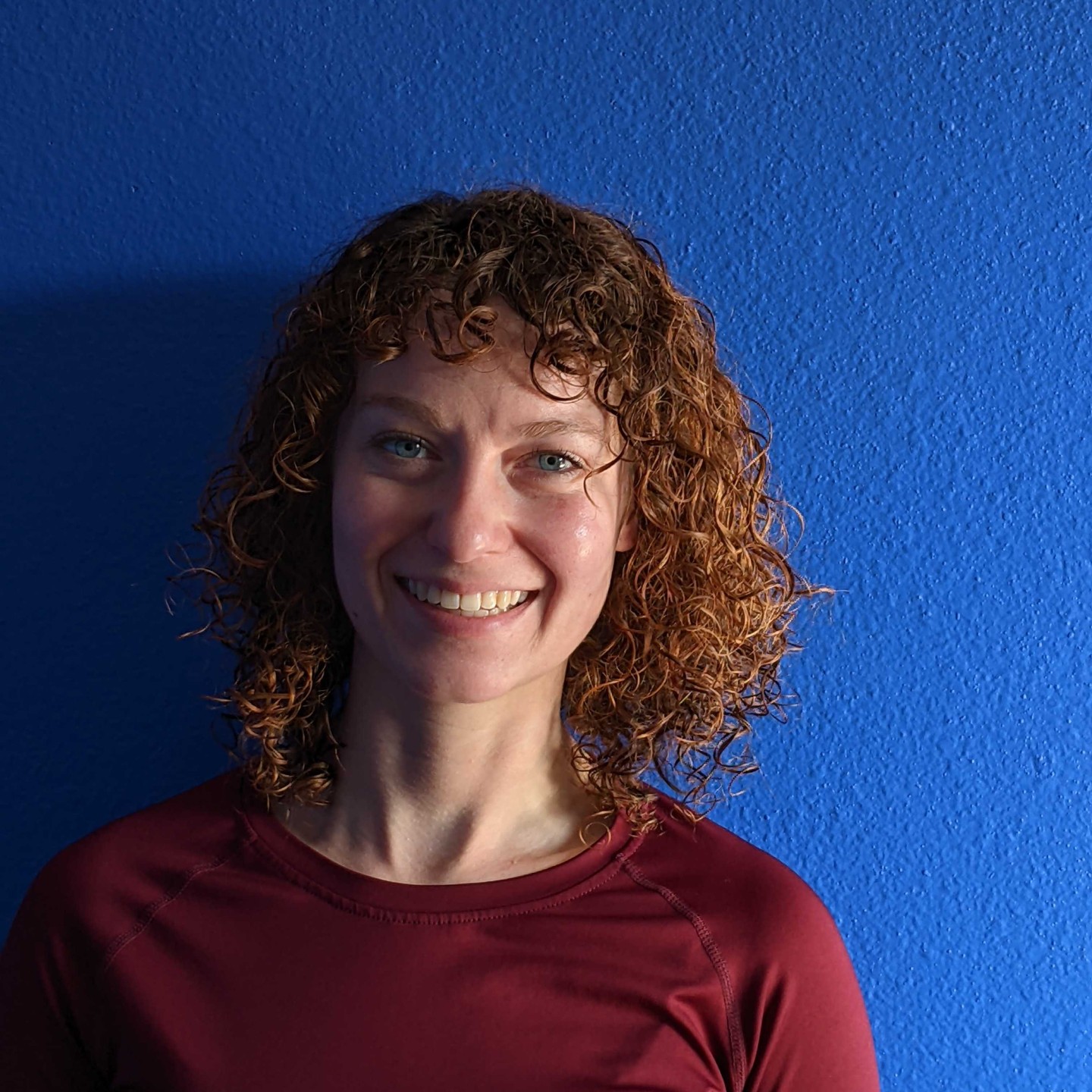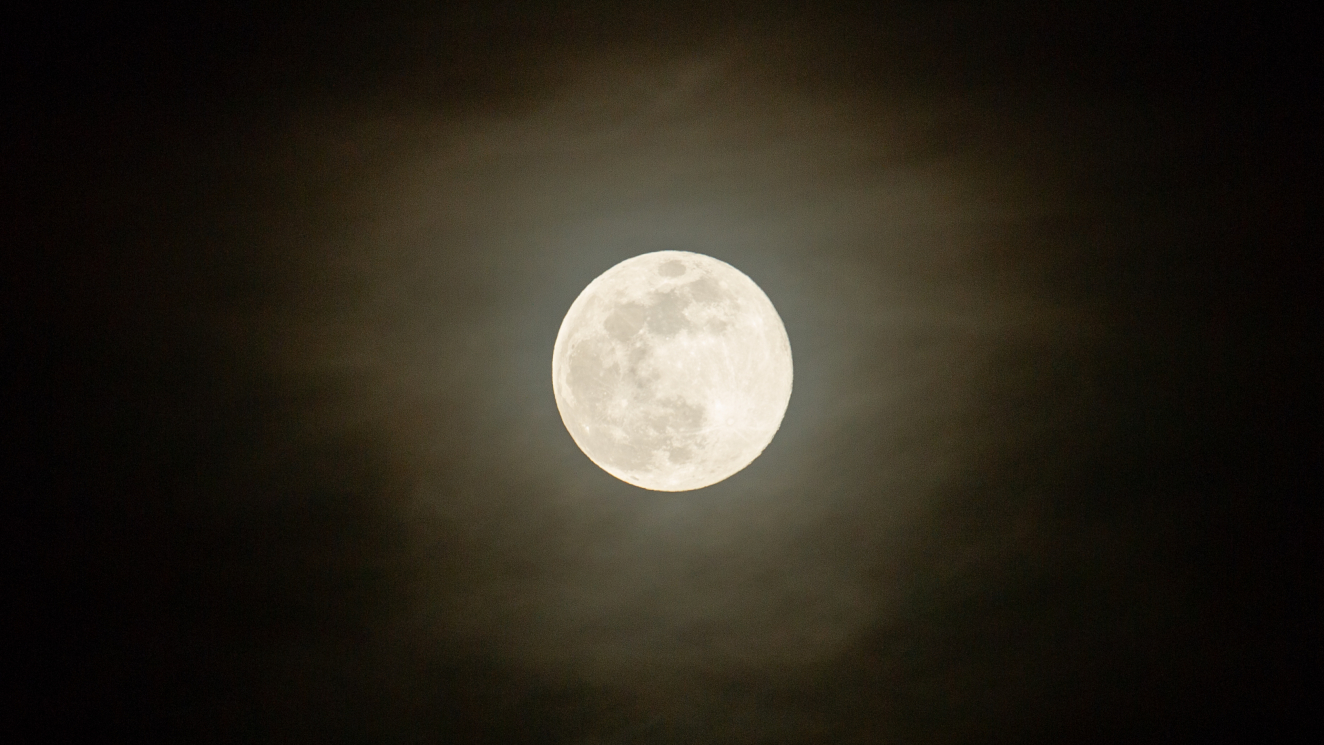Vera Rubin Observatory glows under recalibration LEDs | Space photo of the day for July 28, 2025
The glowing light shows the intricate details that make this cutting-edge telescope work.

Named in honor of female astronomer Vera Rubin, whose pioneering work on galaxy rotation provided key evidence for dark matter, the Vera Rubin Observatory uses the world's largest digital camera to peer at the night sky, looking for dark matter in our universe.
What is it?
This state-of-the-art facility houses the Simonyi Survey Telescope, which includes a 27.5 foot (8.4 meters) primary mirror. Inside the dome, Rubin uses special recalibration lights to check and correct for variations in the sensors and other instruments. These lights help engineers map uneven pixel responses and find shadows or other irregularities.
Where is it?
The Vera Rubin Observatory sits atop the mountain Cerro Pachón in northern Chile.
Why is it amazing?
The rings in the calibration lights correspond to machining marks from the precision-shaped reflector which helps to spread light more evenly across the screen, according to NOIRLab. As the Rubin Observatory has begun its 10-year long Legacy Survey of Space and Time (LSST), hunting for dark matter in the universe so astronomers can determine what it is, its recalibrations become important to ensure the telescope is functioning properly.
The calibration also helps astronomers find what are genuine cosmic anomalies versus instrumental error, allowing them to zero in on reliable data for their research.
Want to learn more?
You can read more about the Vera Rubin Observatory and its hunt for dark matter.
Breaking space news, the latest updates on rocket launches, skywatching events and more!
Kenna Hughes-Castleberry is the Content Manager at Space.com. Formerly, she was the Science Communicator at JILA, a physics research institute. Kenna is also a freelance science journalist. Her beats include quantum technology, AI, animal intelligence, corvids, and cephalopods.
You must confirm your public display name before commenting
Please logout and then login again, you will then be prompted to enter your display name.

